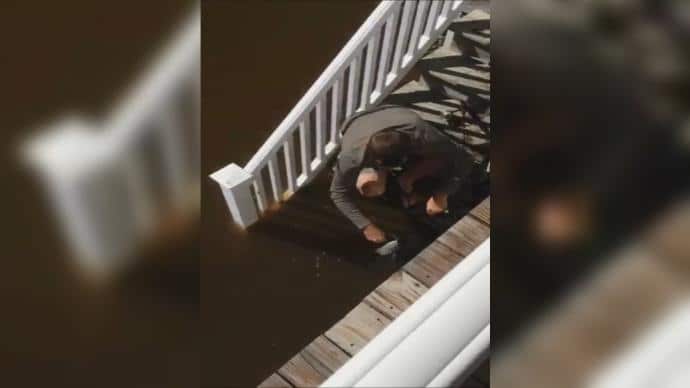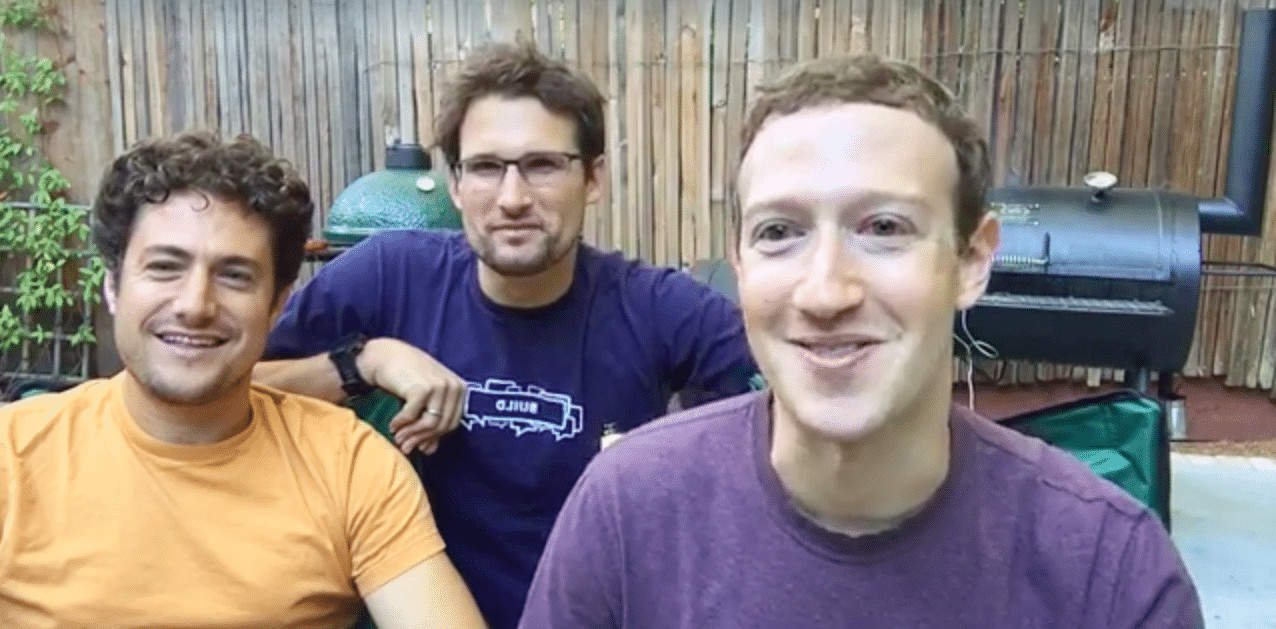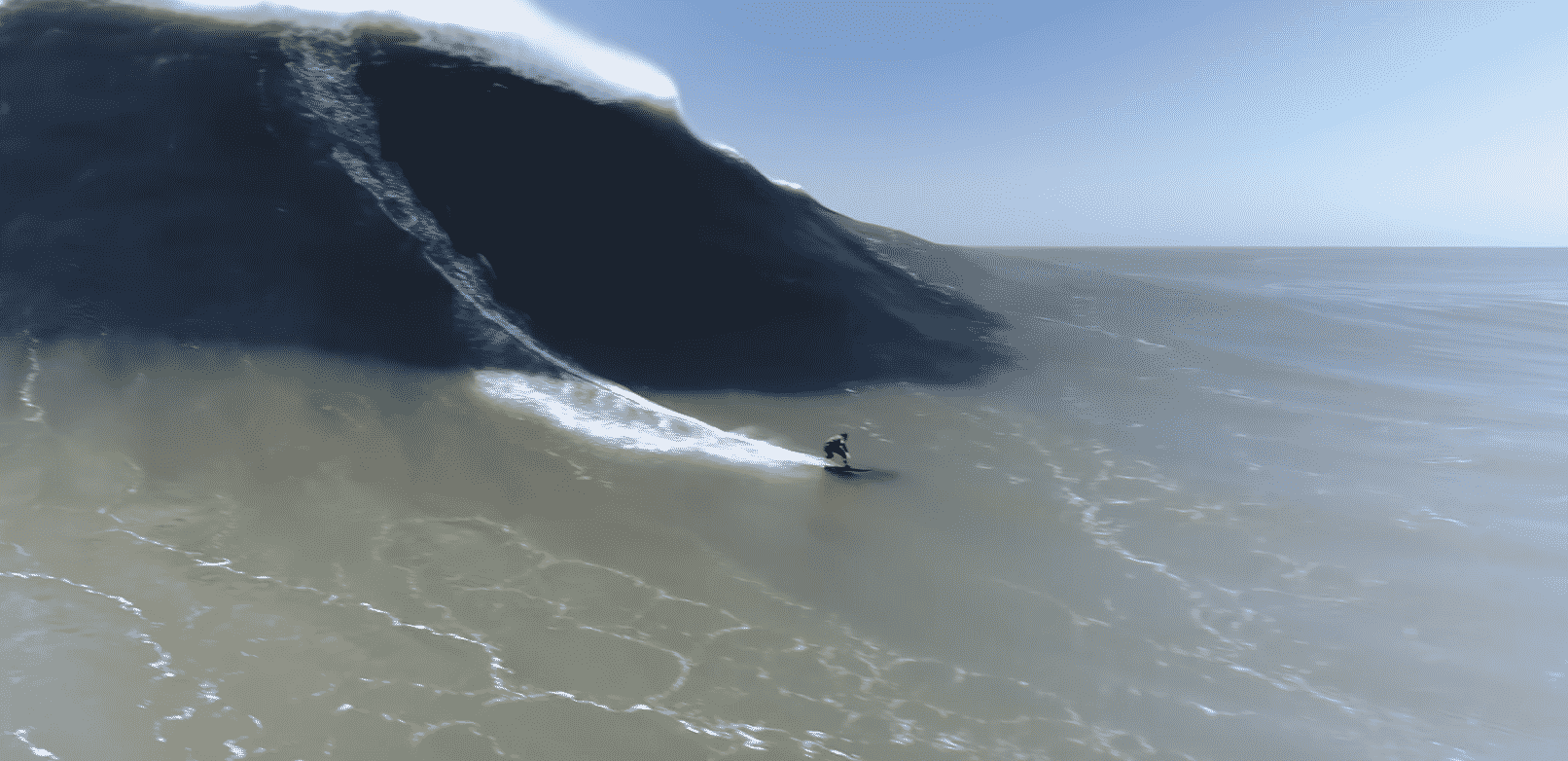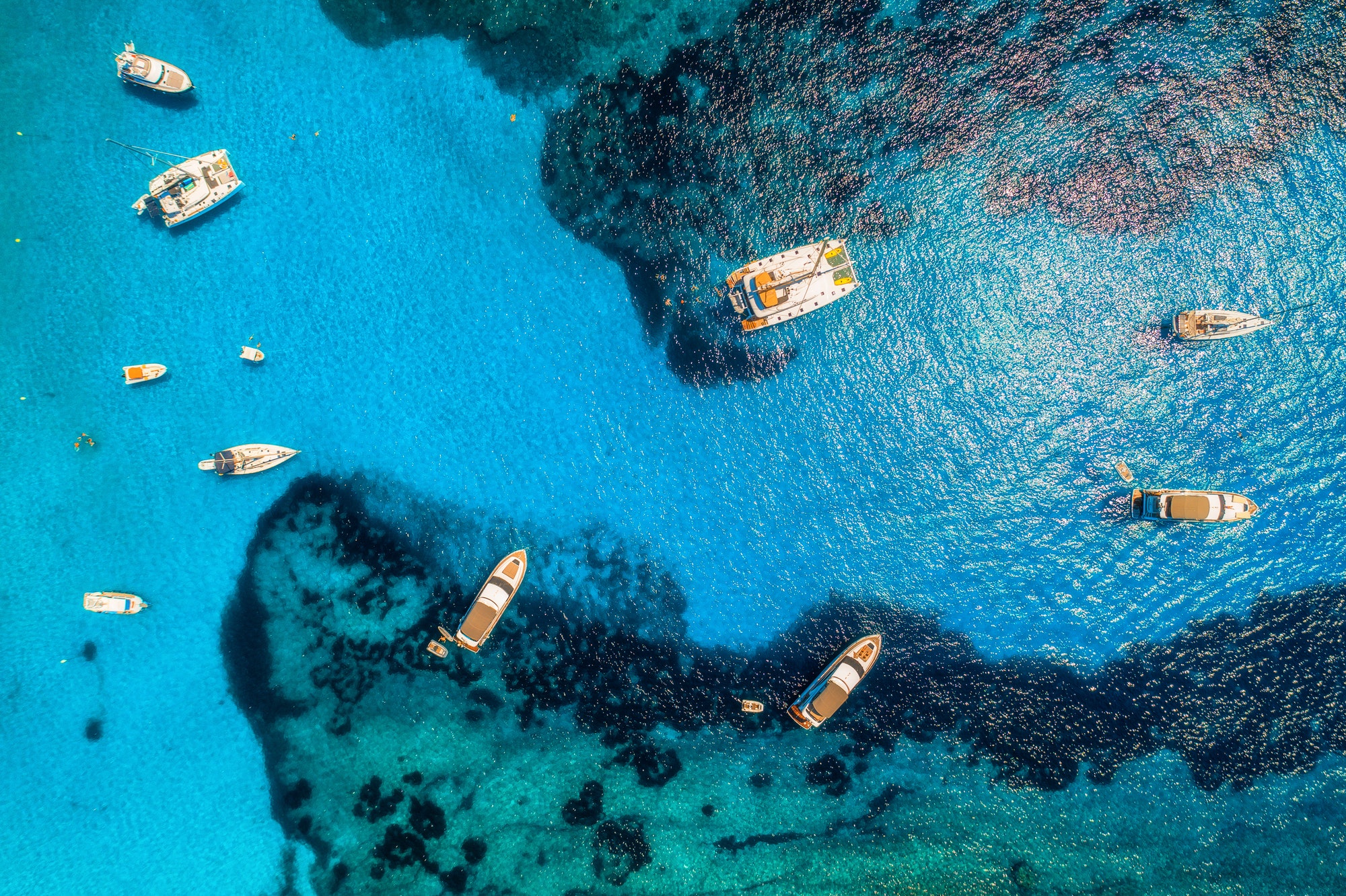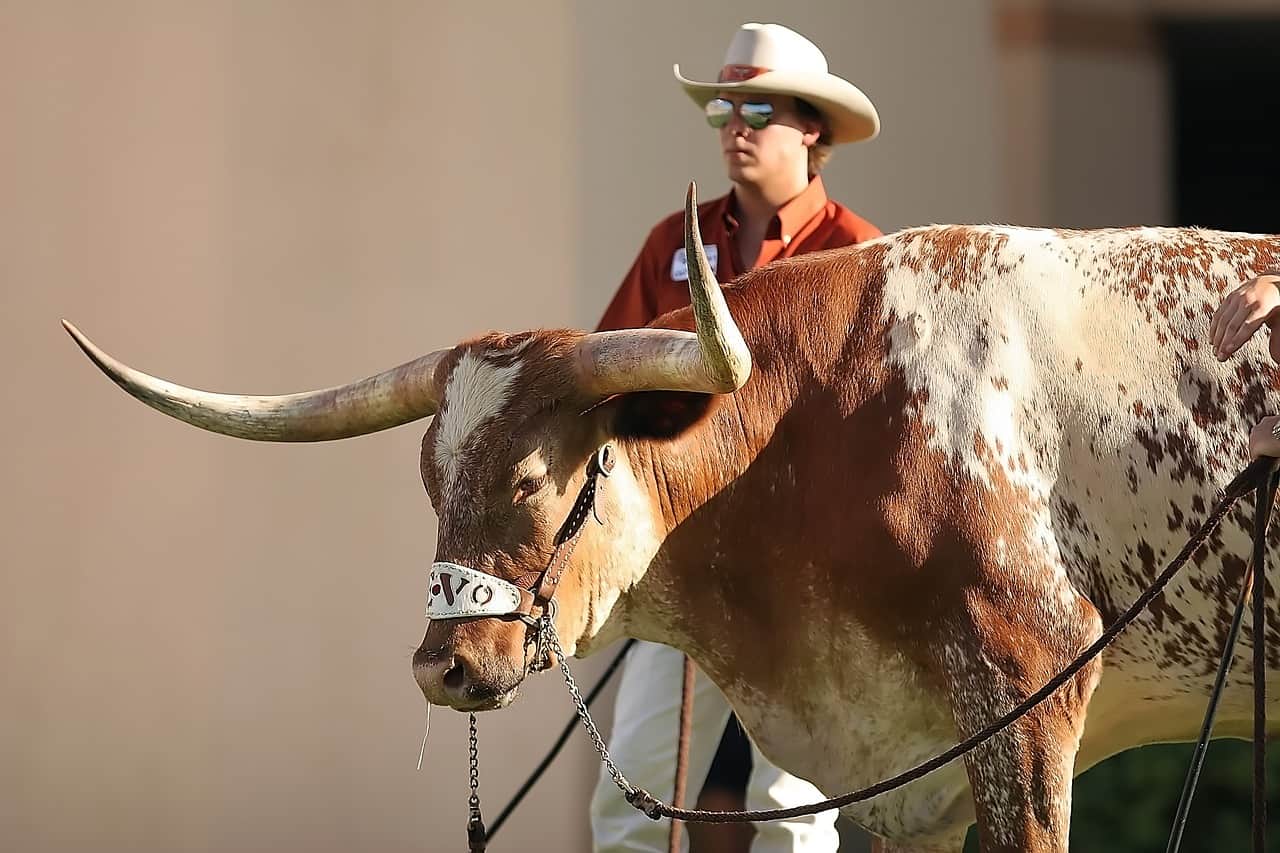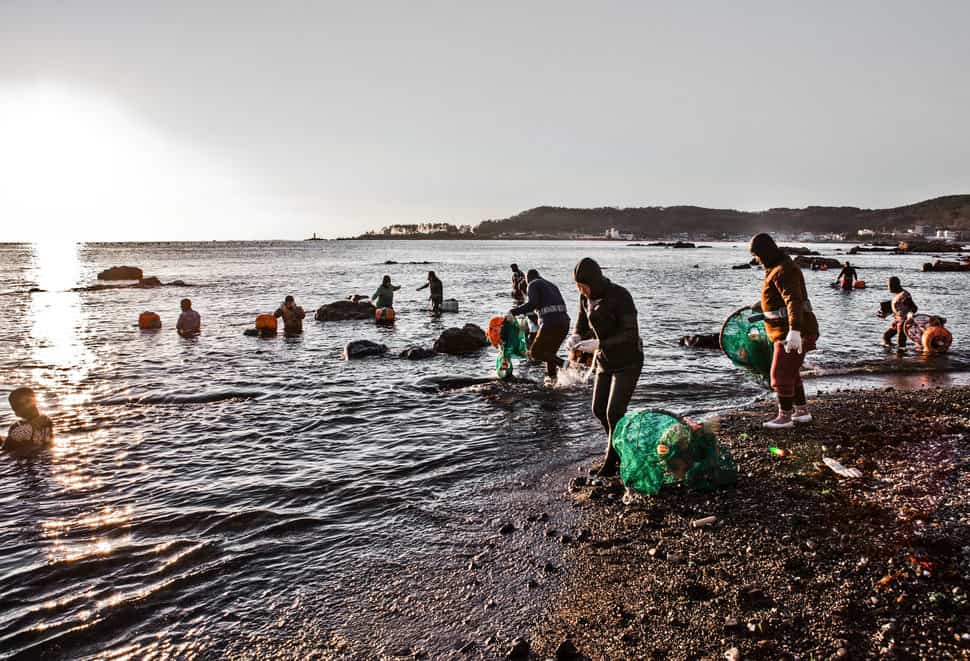
Mermaids exist, but probably not in the way you think. Haenyo (women divers or “sea women” as they are also known) are in the last stages of their existence in Korea. These near mythical women dive in conditions that would kill most people with just the thought of how cold the water is – 30°F in peak urchin season.
Diving used to be a predominantly male dominated profession in Korea, until women began to practice the art and greatly outnumbered men by the 18th century.
Haenyo typically descend up to twenty meters and hold their breath for two minutes at a time in search of oysters, abalones and sea urchins.
It’s no surprise that the younger generation that grew up around the practice favor moving to bigger cities in search of modern jobs. Sadly, that means this incredible craft will soon be gone.
Mijoo Kim, a photographer based in New York, decided to document the lives of these women and their art, as most of the population on the Korean islands are over 70 years old.
“These women divers are carrying on a Korean legacy and will be the last of their kind,” Kim wrote in an email. “They are the last generation of Haenyo.”
Even though they have this epic legacy surrounding what they do, the Haenyo aren’t well known outside of Korea. Kim would like to change that.
Kim describes the shooting process to have been a difficult one. 4 a.m. wake-up calls, 2 hour drives and diving in below freezing water, it was a brutal shoot. It’s amazing to think that these women have worked their entire lives in such extreme conditions.
“The first day I tried to take photo underwater, that was the hardest day of shooting,” Kim said. “I thought I was a good swimmer. I also was so confident, and I was so excited to be able to shoot underwater, but the underwater situation is not easy at all. I couldn’t even follow them. They seemed like young mermaids to me—so fast and flexible. I didn’t even see any sea urchin because the sea urchins look just like rocks in the water.”
On the purpose of her series, Kim says:
“I hope to share not only their beauty as women, but also their courageousness for facing such difficulties during their lives.”
The series features incredible shots of the women close-up and at rest. It’s easy to tell how physically tasking the diving is for the Haenyo.
Hopefully this series will allow others to become informed on a tradition that needs new blood if the legacy is to live on.

